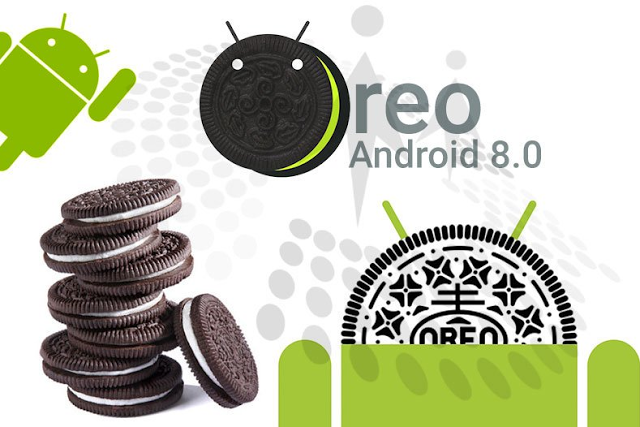Google’s latest version of the Android mobile operating system, Android O, is now officially called Android 8.0 Oreo, and it’s got some really nice surprises hiding between the cookies.
Android 8.0 Oreo comes with plenty of new features like picture-in-picture, notification dots, better battery life and security. The new software is first being rolled out to Pixel, Pixel XL, Nexus 5X, 6P, and Pixel C devices; Google says a bunch of other handsets will get Oreo by the end of 2017. Unfortunately, most major brands and carriers will only get it much later, as they did with Android 7.0 Nougat, the previous major version released in 2016.
One of the key features is picture-in-picture, where the user will be able to keep the videos open as they play on top of another screen. This feature is limited and doesn’t work with a lot of apps, but Google’s development team is trying to get this fixed.
The most visible change to the OS is the new notification feature which brings more control over what the user sees. And, if the user presses and holds a notification, a toggle will pop up to block all notifications from the app. This is very handy, but not immediately available for use.
Android 8.0 also comes with increased security – Google Play Protect comes as a built-in feature, and users will have a better control over app installations. The status of device security can now be seen right from the settings screen.
Earlier, Android was merely limiting the background activity of apps to save battery life; with the new software, battery life is further enhanced with Oreo’s deeper control over what apps can and can’t do in the background. Also, the new version comes with a lot of new emojis like a wizard, dinosaur, a fairy and an exploding head.
With Android 8.0 Oreo, any text selected on screen comes with a bit more intelligence, and auto fill is much more advanced than it was. The camera app has got a boost as well, and has been made much simpler, requiring tapping rather than swiping.
As we’ve discussed in the past, newer versions of most operating systems are now seeing major changes in the way they allow the user to interact with apps, like the notification dots, for example. The focus is slowly shifting away from OS-based features, and that’s a good thing. Most major operating systems are quite mature, and deep functionality changes are required rather than mere cosmetic and esthetic development.
Of course, that’s not to say that new OS versions like Android 8.0 Oreo and iOS 11 don’t have radical UI (user interface) changes, but the UX (user experience) part has come into the spotlight more than ever before. And we expect that trend to continue in the future.
Thanks for visiting. Please support 1redDrop on social media: Facebook | Twitter



